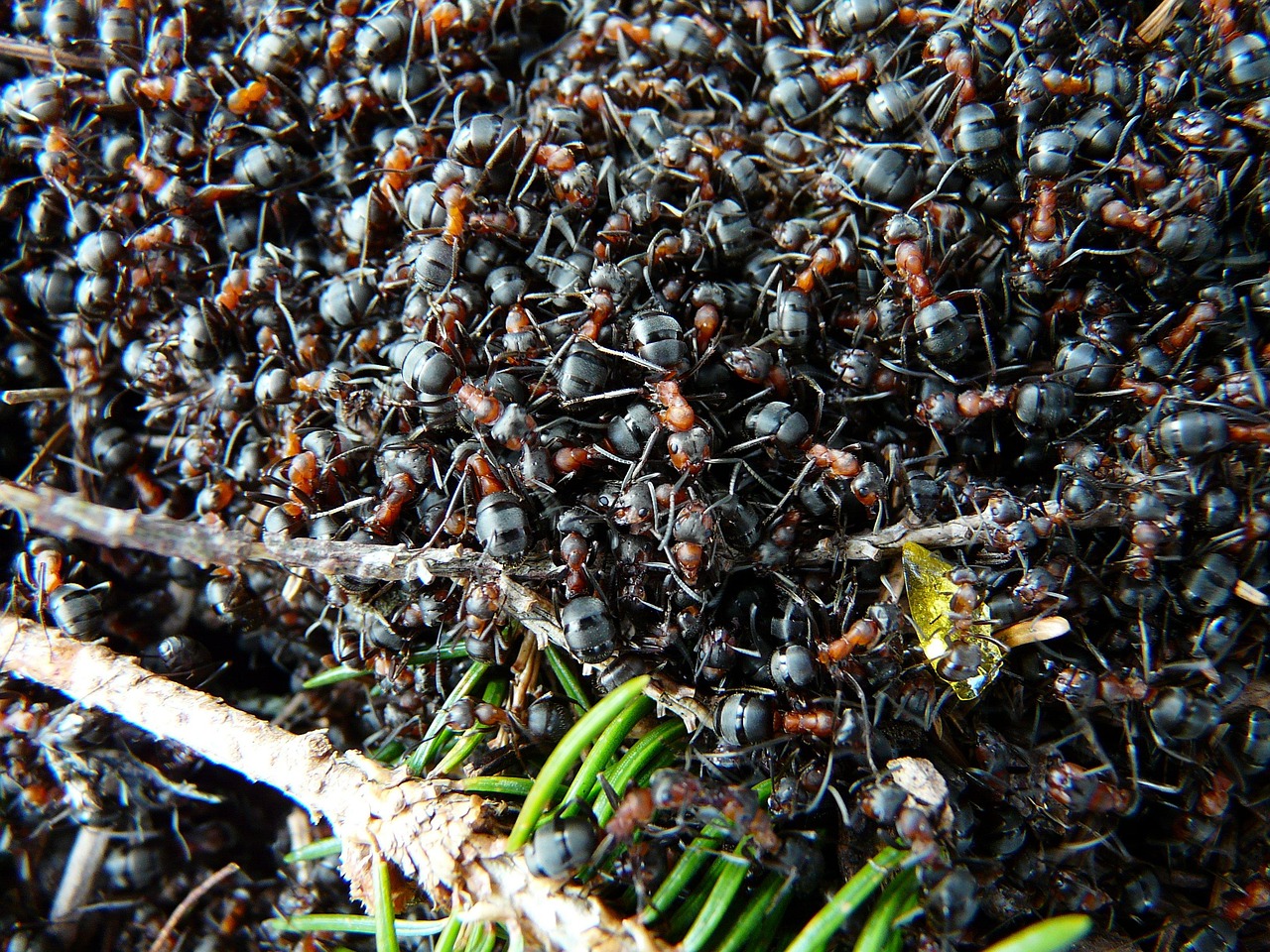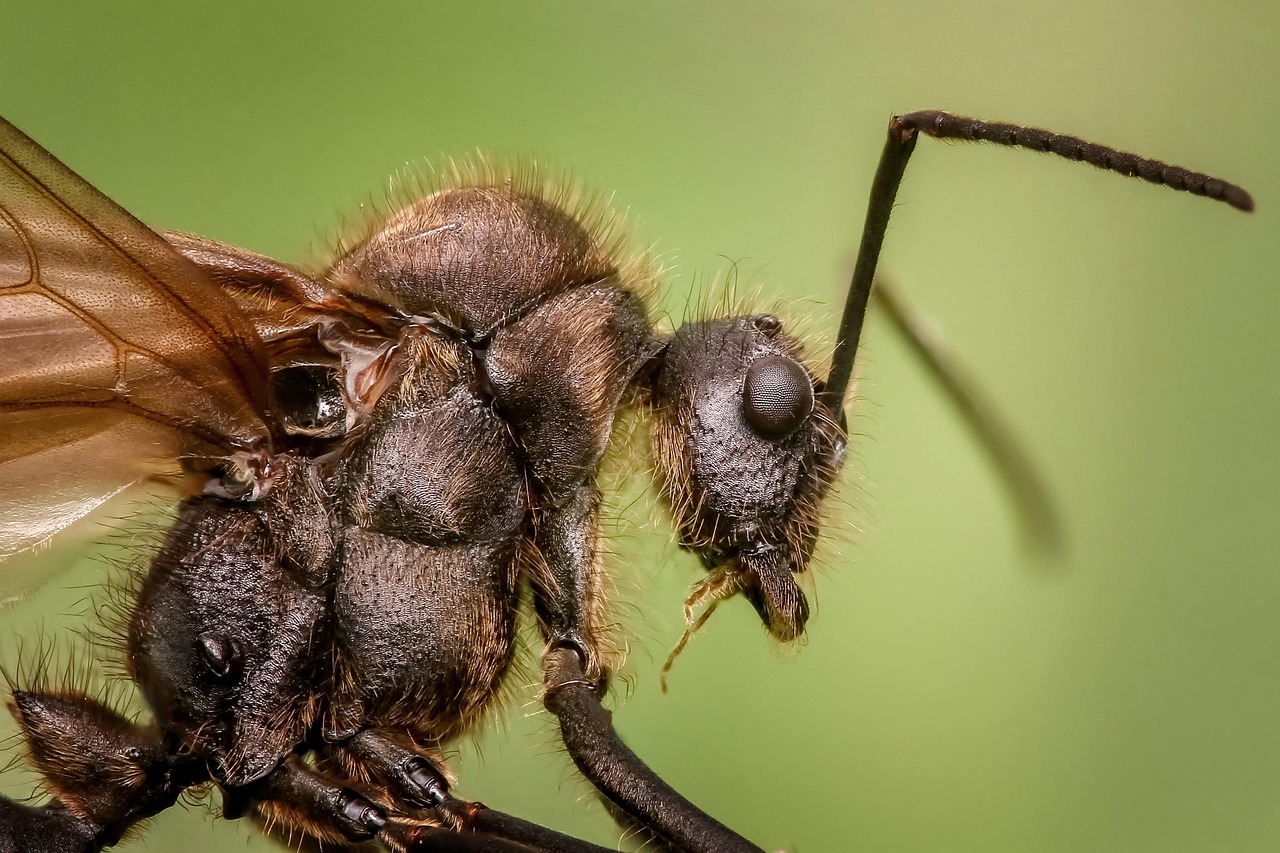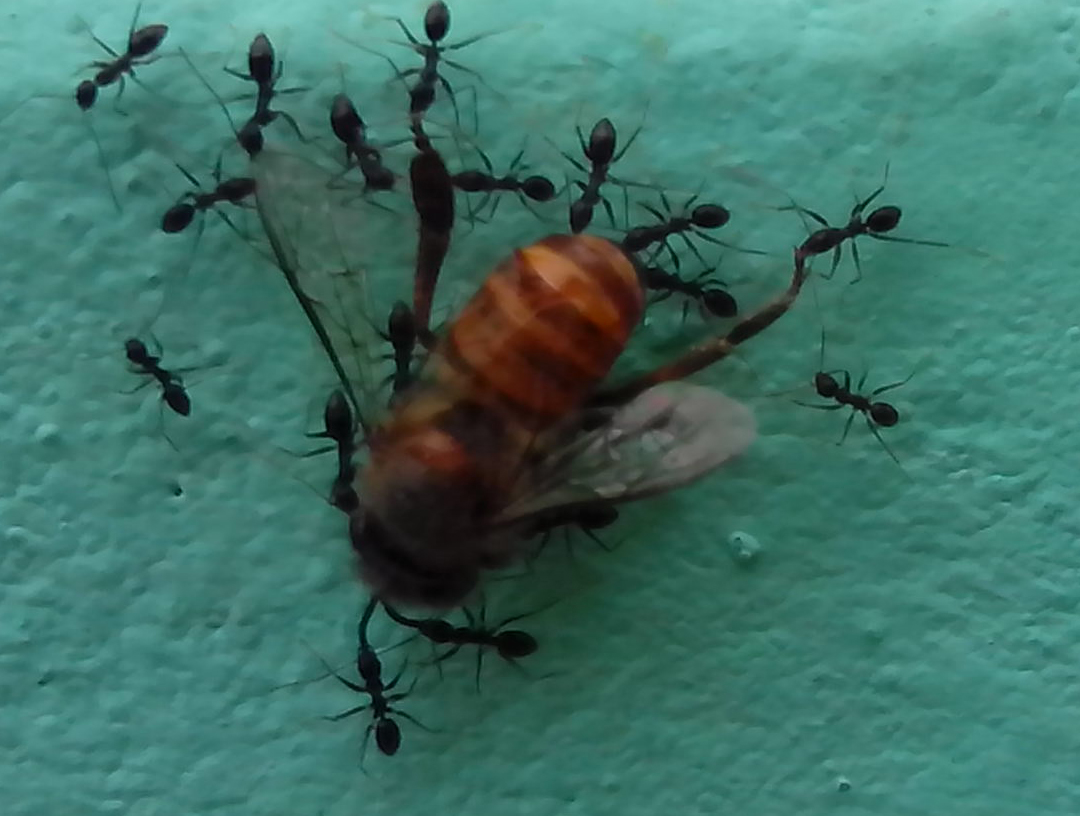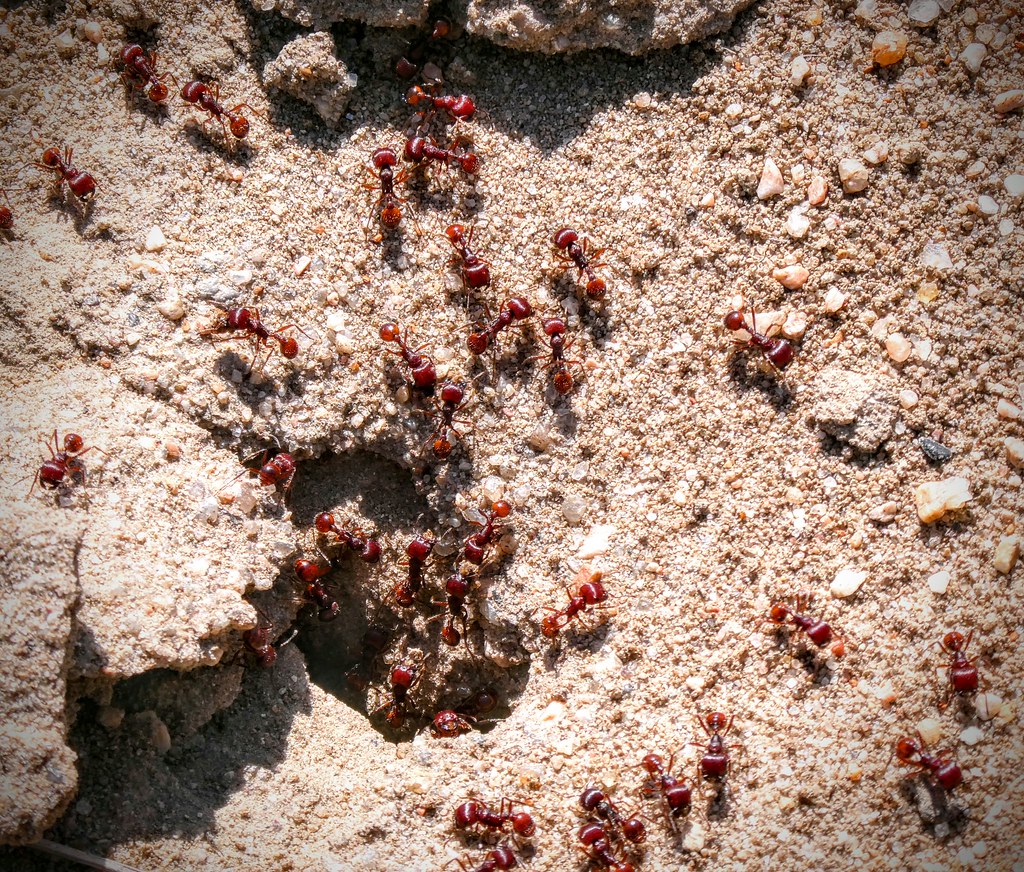Picture this: while you’re fumbling with your morning coffee and trying to remember where you left your keys, thousands of tiny architects are already deep into their workday, executing complex construction projects that would make human engineers jealous. These aren’t your average workers—they’re ants, and they’re quietly revolutionizing our understanding of intelligence, planning, and collective problem-solving right under our noses.
For decades, we’ve underestimated these miniature marvels, dismissing their behavior as mere instinct. But recent scientific discoveries are shattering that assumption, revealing cognitive abilities that challenge everything we thought we knew about intelligence in the animal kingdom. What if the secret to superior planning and organization isn’t found in boardrooms or computer algorithms, but in the bustling colonies beneath our feet?
The Architecture of Genius: How Ants Design Complex Cities
When leafcutter ants begin construction of their underground metropolis, they’re not just digging random tunnels. These remarkable insects create sophisticated ventilation systems that rival modern air conditioning technology. Their colonies feature multiple chambers at precise depths, each serving specific purposes like nurseries, food storage, and waste management areas.
The engineering precision is staggering. Temperature-controlled chambers maintain optimal conditions for their fungus gardens, while air circulation systems prevent carbon dioxide buildup that could kill the entire colony. Some species even incorporate drainage systems to prevent flooding during heavy rains.
Memory Maps: How Tiny Brains Store Massive Information
Desert ants possess an almost supernatural ability to navigate vast, featureless landscapes using nothing but visual landmarks and internal compasses. These insects can venture thousands of times their body length away from home and return via the most direct route possible. Their brains, smaller than a pinhead, somehow store detailed mental maps of their territory.
Scientists have discovered that ants count their steps and use polarized light patterns to maintain direction. When researchers artificially lengthened ant legs with tiny stilts, the insects consistently overshot their nests, proving they were indeed counting steps. This demonstrates a level of mathematical processing that seems impossible given their brain size.
The Economics of Efficiency: Ant Supply Chain Management
Long before humans invented logistics, ants had mastered the art of supply chain optimization. When foraging, they don’t just grab the nearest food source—they evaluate quality, distance, and carrying capacity to maximize efficiency. Some species even engage in sophisticated trade networks, exchanging different types of resources between colonies.
Army ants create living bridges with their own bodies, calculating the optimal trade-off between bridge width and colony movement speed. They can adjust these structures in real-time based on traffic flow, demonstrating dynamic problem-solving that adapts to changing conditions.
Chemical Communication Networks: Nature’s Internet
Ants have developed a communication system so advanced it predates human language by millions of years. Through pheromone trails, they create information highways that carry detailed messages about food quality, danger levels, and directional guidance. Different chemical combinations convey specific meanings, like a molecular vocabulary.
These chemical networks show remarkable redundancy and error correction. When one trail gets disrupted, ants quickly establish alternative routes, maintaining information flow even under adverse conditions. The system demonstrates fault tolerance that modern computer networks struggle to achieve.
Collective Problem-Solving: When Many Minds Think as One

Individual ants might seem simple, but collectively they solve problems that would challenge human teams. When faced with obstacles, ant colonies exhibit swarm intelligence—a phenomenon where simple rules followed by individuals create complex, intelligent group behavior. They can find shortest paths, distribute workloads, and make collective decisions without any central authority.
Research has shown that ant colonies consistently outperform random search strategies and often discover solutions that human programmers struggle to find. Their decision-making process involves sophisticated voting mechanisms where better solutions naturally attract more support through reinforcement.
Time Management Masters: Scheduling Without Calendars
Ants demonstrate remarkable temporal planning abilities, adjusting their activities based on seasonal changes, daily cycles, and resource availability. They prepare for winter months in advance, stockpiling food and adjusting colony composition. Some species even predict weather patterns and modify their behavior accordingly.
Circadian rhythms in ant colonies show complex coordination, with different castes working on shifted schedules to maximize productivity. Night shifts handle different tasks than day crews, creating round-the-clock operations that never pause.
Agricultural Pioneers: Farming Before Humans
Leafcutter ants didn’t just discover agriculture—they perfected it millions of years before humans picked up their first farming tools. These insects cultivate fungus gardens with precision that would impress modern agriculturalists. They carefully select leaves, process them into compost, and maintain optimal growing conditions for their crops.
Their farming techniques include pest control, crop rotation, and even antibiotic use to prevent contamination. When harmful bacteria threaten their gardens, leafcutter ants deploy specialized chemicals to protect their food source, demonstrating proactive planning and risk management.
Military Strategy: Warfare with Tactical Precision

Army ants conduct military operations with strategic sophistication that rivals human warfare. They coordinate massive raids involving hundreds of thousands of individuals, employing flanking maneuvers, diversionary tactics, and coordinated attacks. Their battle formations adapt in real-time based on enemy responses and terrain challenges.
These insects demonstrate battlefield intelligence, adjusting strategies based on opponent behavior and environmental factors. They can maintain supply lines during extended campaigns and coordinate retreat procedures when necessary.
Resource Management: Optimizing Scarce Assets

Ants excel at resource optimization in ways that would make corporate efficiency experts jealous. They can assess the caloric value of food sources against transportation costs and make decisions that maximize colony benefit. When multiple food sources become available, they allocate workers based on complex calculations of return on investment.
During resource scarcity, ant colonies implement rationing systems and priority allocation that ensure colony survival. They can adjust population growth and activity levels based on available resources, demonstrating long-term planning capabilities.
Disaster Response: Emergency Planning in Action
When disaster strikes, ant colonies respond with emergency protocols that put human disaster response to shame. They can evacuate entire colonies within minutes, relocate eggs and larvae to safety, and establish temporary shelters while rebuilding. Their response times and coordination levels demonstrate pre-planned emergency procedures.
Fire ants create living rafts during floods, with different castes taking specific positions to maximize buoyancy and survival. These formations can float for weeks while maintaining colony structure and protecting the queen.
Quality Control: Maintaining Standards Without Supervisors

Ant colonies maintain quality control systems that ensure consistent performance across all activities. Workers inspect each other’s work, correct errors, and maintain standards without any supervisory hierarchy. This distributed quality assurance prevents system failures and maintains operational efficiency.
Construction projects undergo continuous inspection and modification, with workers identifying and correcting structural problems before they become critical. This proactive approach prevents colony-threatening failures through peer oversight.
Innovation and Adaptation: Learning Without Schools
Perhaps most remarkably, ant colonies demonstrate learning and innovation capabilities that challenge our understanding of fixed instinct. They can adapt to new environments, develop novel solutions to unprecedented problems, and even pass learned behaviors to subsequent generations through cultural transmission.
Some ant species have been observed using tools, modifying their behavior based on experience, and developing new techniques for exploiting resources. This behavioral flexibility suggests cognitive capabilities far beyond simple programmed responses.
Comparative Intelligence: Measuring Minds Across Species

When comparing ant intelligence to other species, the results are surprising. Ant colonies often outperform individual mammals on collective problem-solving tasks and demonstrate planning horizons that extend far beyond immediate needs. Their ability to process information, make decisions, and execute complex plans challenges traditional measures of intelligence.
Recent studies suggest that collective ant intelligence might represent a different form of consciousness—one distributed across thousands of individuals rather than concentrated in a single brain. This raises profound questions about the nature of intelligence itself.
Lessons for Human Society: What We Can Learn

The planning prowess of ants offers valuable insights for human organization and management. Their success stems from decentralized decision-making, efficient communication networks, and robust feedback systems. Modern businesses and governments are increasingly adopting ant-inspired algorithms for logistics, traffic management, and resource allocation.
Perhaps most importantly, ants demonstrate that intelligence doesn’t require individual genius—it can emerge from simple individuals following smart rules. Their example suggests that human organizations might achieve better results by focusing on system design rather than individual heroics. The next time you see ants marching across your sidewalk, remember you’re witnessing one of nature’s most sophisticated planning operations in action.
What if the key to solving humanity’s greatest challenges isn’t found in our most advanced technologies, but in the ancient wisdom of these tiny architects who’ve been perfecting organizational excellence for over 100 million years?
